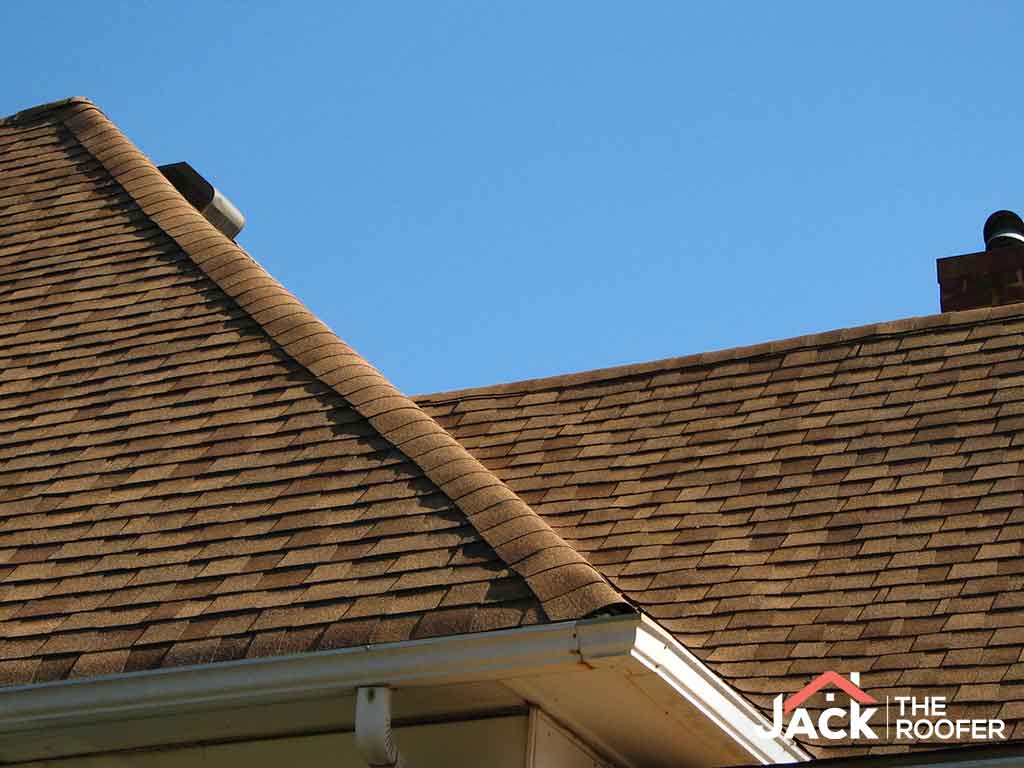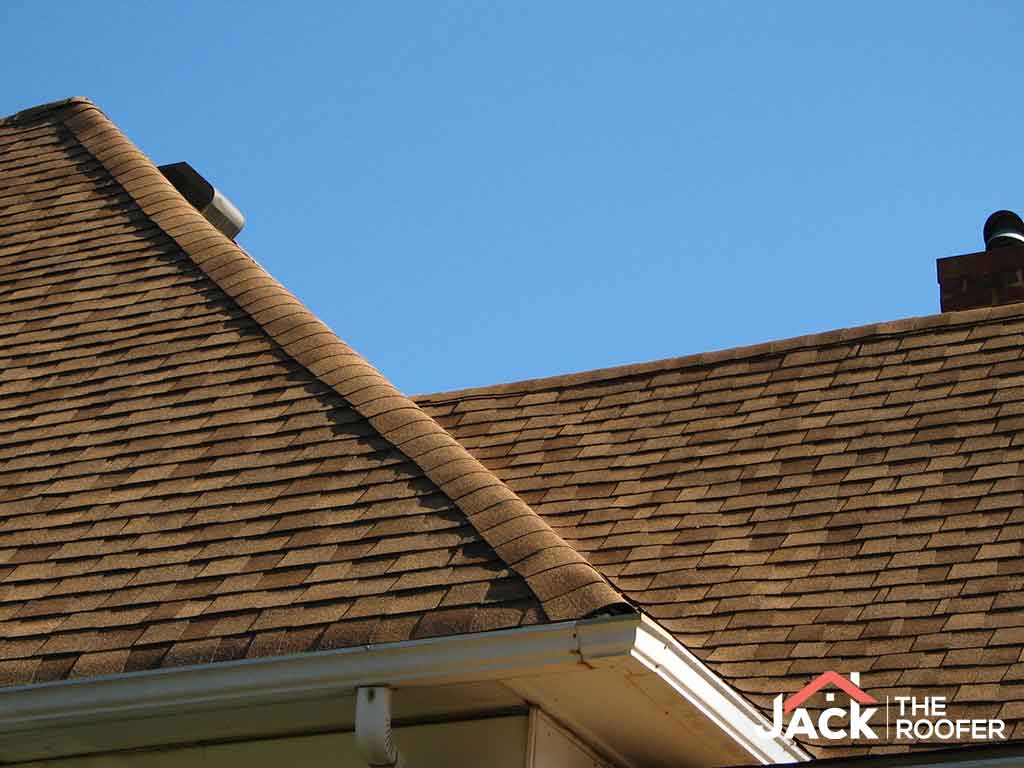When you compare your roof and those of your neighbors, you may notice the different details of a roof system. For example, there are differences in roof flashings. The two predominant types of methods are open and closed valleys.

The Valley
The valley of a roof handles a tremendous amount of water run-off. It is the meeting point between two opposing surfaces of the roof system. The water in the valley area is then channeled towards the exterior edge of the roof.
Closed Valley
Before installing the shingles, a roofer installs an underlayment over the entire deck. It usually has a self-adhering ice and water shield that acts as the valley lining. A commercial roofer will extend the shingles through the valley to “close” it. The shingles become the wearing surface to protect against water run-off.
Open Valley
In an open valley, another layer of lining is also added over the underlayment. This metal valley lining resists the effects of weather, acid rain and contaminants. The shingles extend into the valley, but are not run through the valley area. They are then cut out of the valley area to “open” the metal valley lining to water run-off and the environment.
Pros and Cons
A closed valley covers the valley lining and allows the planes of the roof to blend. Open valleys expose it, which may be more pleasing to the eye, especially if made of copper. A contractor may skip the metal lining to cut costs. Installers and designers continue to argue over functionality. Closed valleys can channel water under the shingles laid over the bottom layer. Open valleys may back water up along the top of the cut-off shingles. Proper installation of each type will prevent these issues.
Jack the Roofer can install both kinds of flashing. Call us at (720) 230-4484 for a free estimate. We serve homeowners in Parker, CO, as well as other nearby areas.

